It’s practically impossible to find the exact English translation to Lithuanian word Užgavėnės. It would be Fasching in German or Масленица in Russian. But in Brazil, Bolivia, Haiti, Italy, Greece, Portugal, Switzerland they have it too and call it just carnival! And then there is Mardi Gras in New Orleans, which would be kinda English version – so I decided to go with this one. Presenting Lithuanian Mardi Gras: less of the carnival and more like the pagan feast of overloading on fatty foods, burning stuff and dancing around the bonfire:)
This year I had an honor to visit Camp Neringa – a Lithuanian cultural camp in Brattleboro, VT on the first weekend of February. 4h drive away form NYC in winter wonderland. Big thanks to Dr. V. Kudirkos Lituanistinė Mokykla for hosting this great weekend getaway!
If you look up Užgavėnės in Wikipedia you will get only Christianized version, although it is one of the most ancient Lithuanian folk feasts celebrated since prehistoric times containing worship of totem animals and ancestors. The Lithuanian word for this feast is Užgavėnės and it corresponds well with the title of Shrove Tuesday as both of them to some extent refer to penance and neglect of something. Even though they both may sound so “Christian” on the surface, there is quite more to that. This kind of penance may be simply seen as a rite of purification, which is caused by the change of season and thus, the change in nature. A lot of Lithuanian pagan festivities are aligned with the cycles of nature or Rėdos Ratas ( Wheel of the Year) due to the cyclical or eternal understanding of time as opposed to the linear Christian understanding of time. That’s why some might argue that real pagan Užgavėnės were aligned with Spring equinox before coming of Christianity. That’s when it was moved to 7 weeks before Easter.
the centrality and purpose of Užgavėnės is to fight against everything that is connected with evil and winter, which can be seen as a part of purification process. This sort of evil power and winter is battled with mockery, laughing, games, singing, dancing and everything that is connected with excess—even cross-dressing.
During Užgavėnės people would devour food, especially meat and “fatty” meals in particular. Even the frequency of eating would be highly encouraged, that could even be up to 10-12 times. The key meal of this celebration was, and remains to this day, pancakes.
Some might even want to associate this kind of mask-wearing and the festive nature of this carnival with the Celtic feast of Halloween. Indeed, it does share some similarities: Užgavėnės is meant to fight against the old and bad spirits while wearing scary masks and clothing. Also, the usual characters that were and are picked would be relate to the understanding of evil: witches, hags, the reaper, gypsies and devils (though other characters used would be animals).

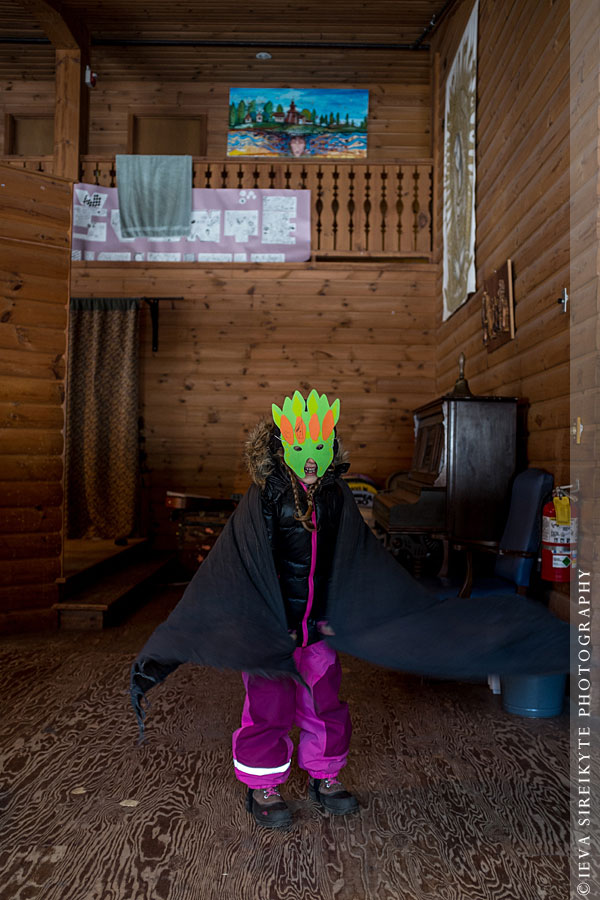
Finally, Užgavėnės can be described as a highly ritualized celebration that reaches its apogee with the burning of Morė—the effigy of a winter spirit. This effigy is most commonly portrayed as an ugly woman, made of old material, straw and wood. The burning of this effigy marks the attempt to win this battle over evil.
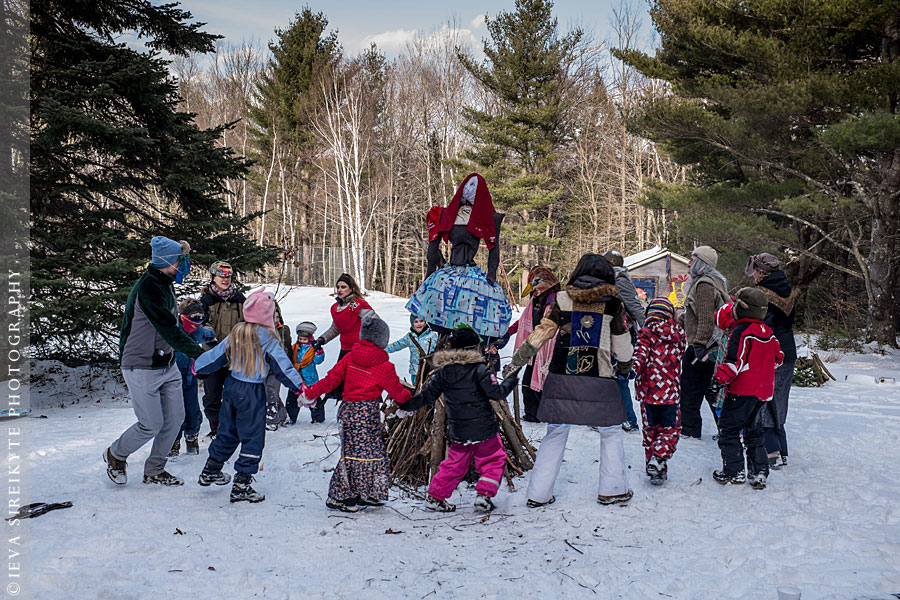
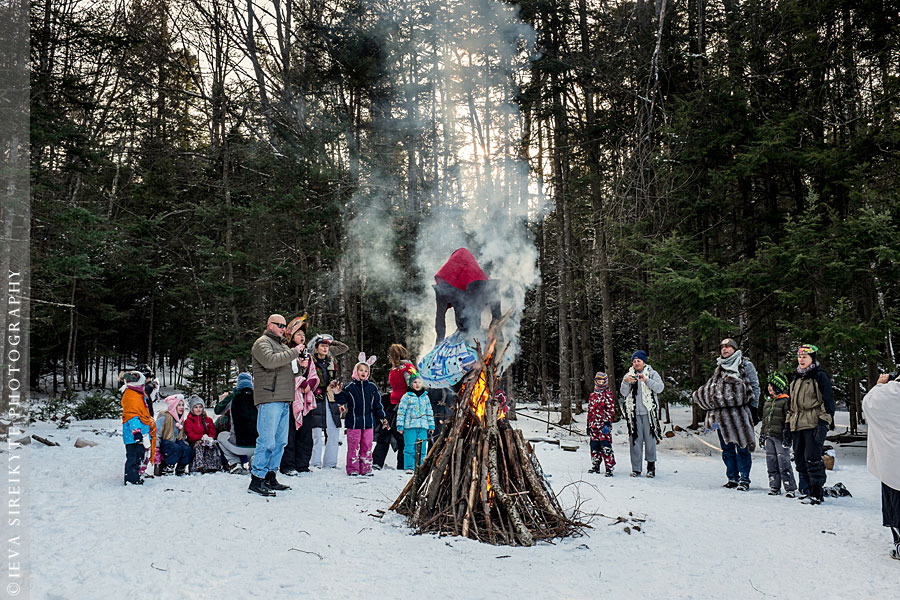
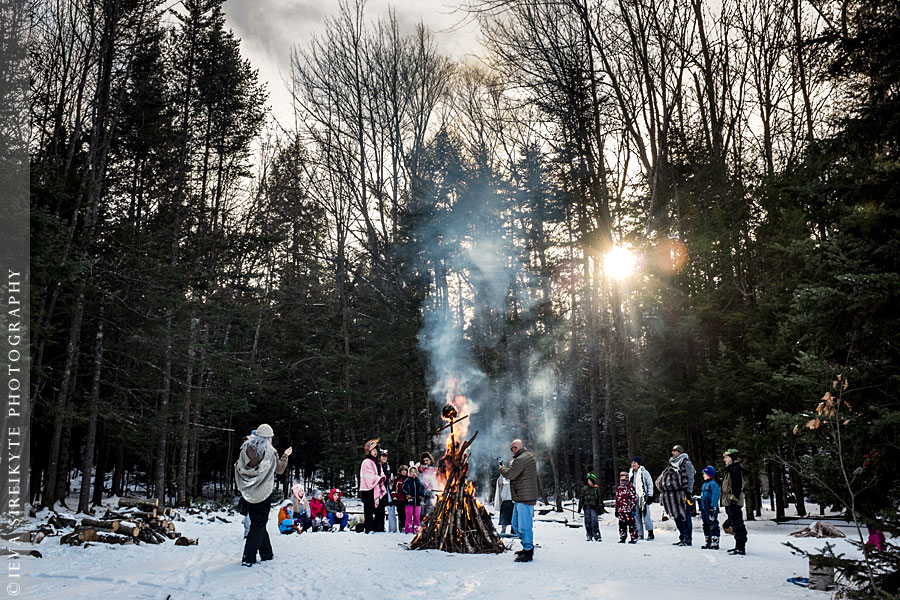
Another popular festival tradition is a staged theatrical fight between Lašininis (porky/fatty man) personifying winter and Kanapinis (hempen man) personifying spring. Of course Kanapinis always wins!
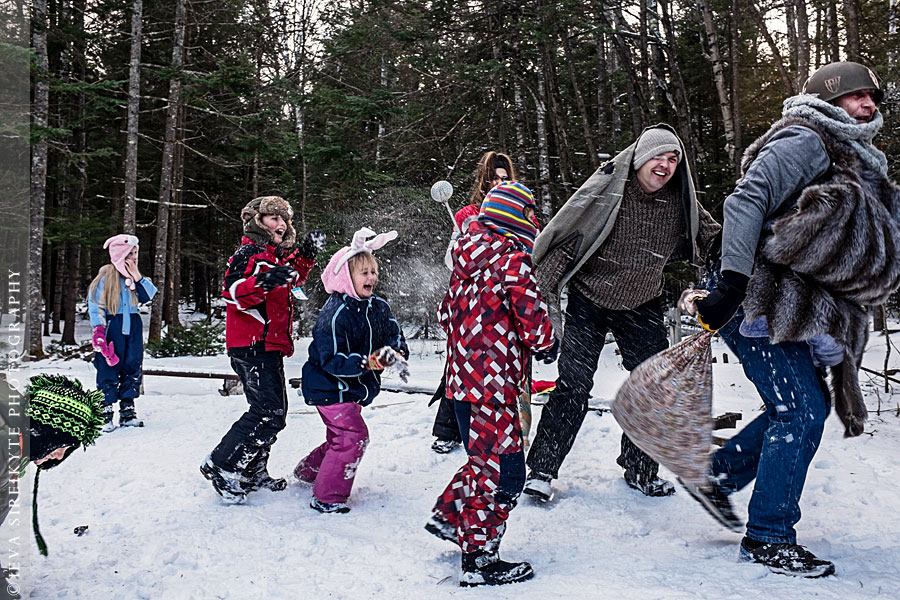
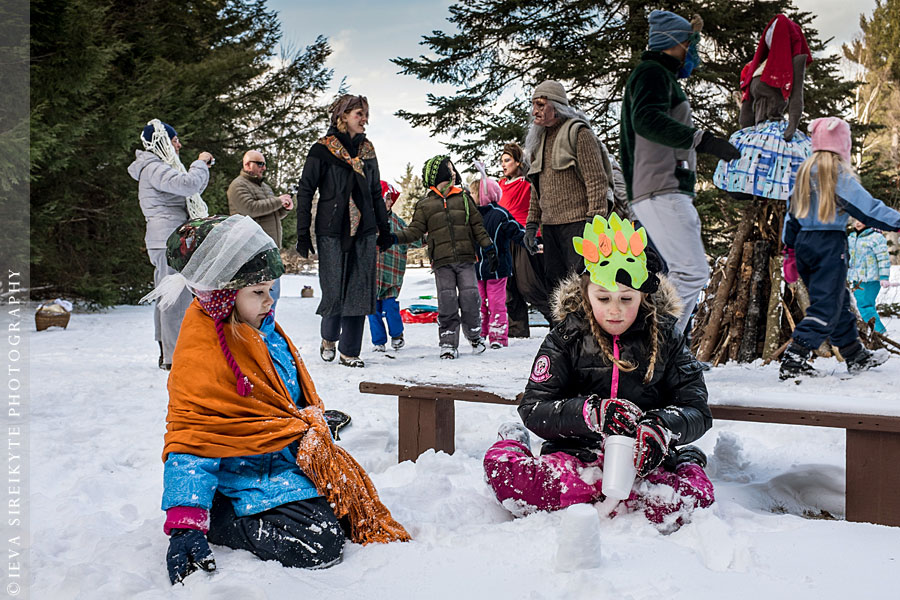
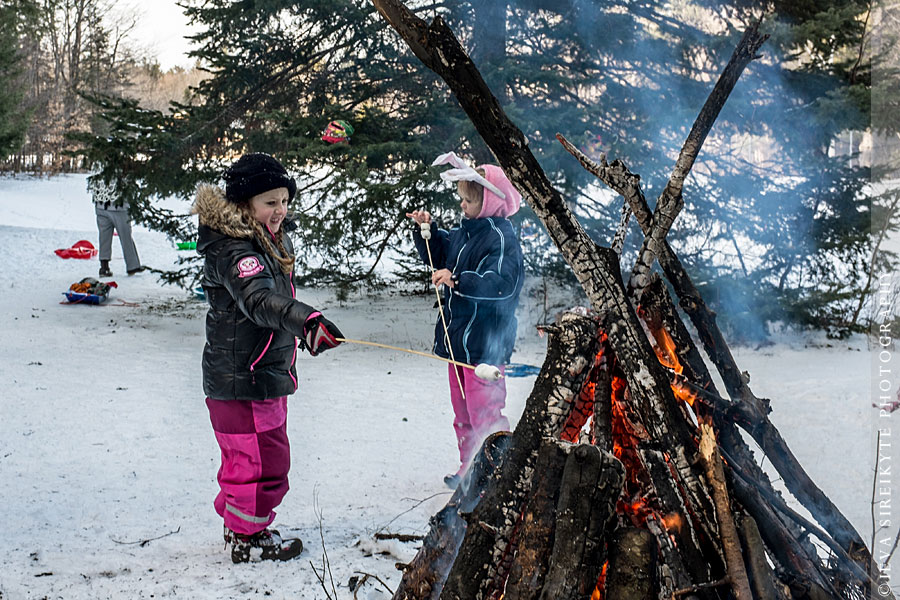
One not supposed to work during Užgavėnės, but do a lot of fun activities instead, besides of frequent eating: dancing, swinging, sledding, skating or just rolling down the hill for good luck and prosperity. We were lucky that weather was very suitable for all of that!
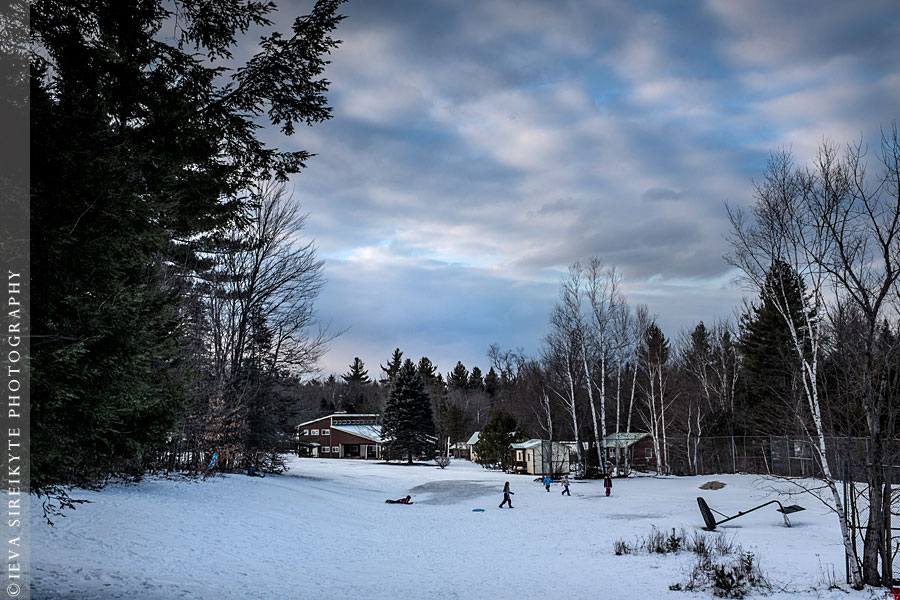
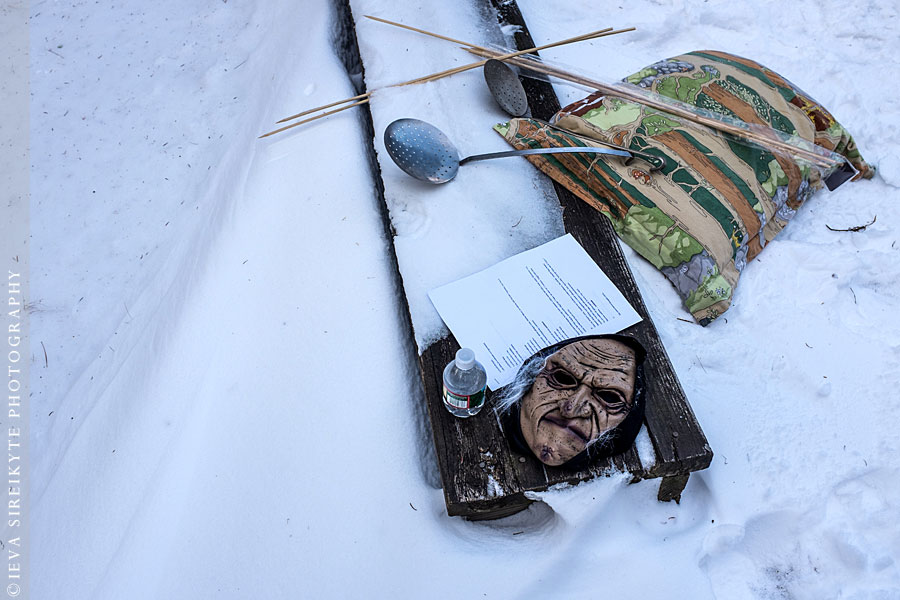
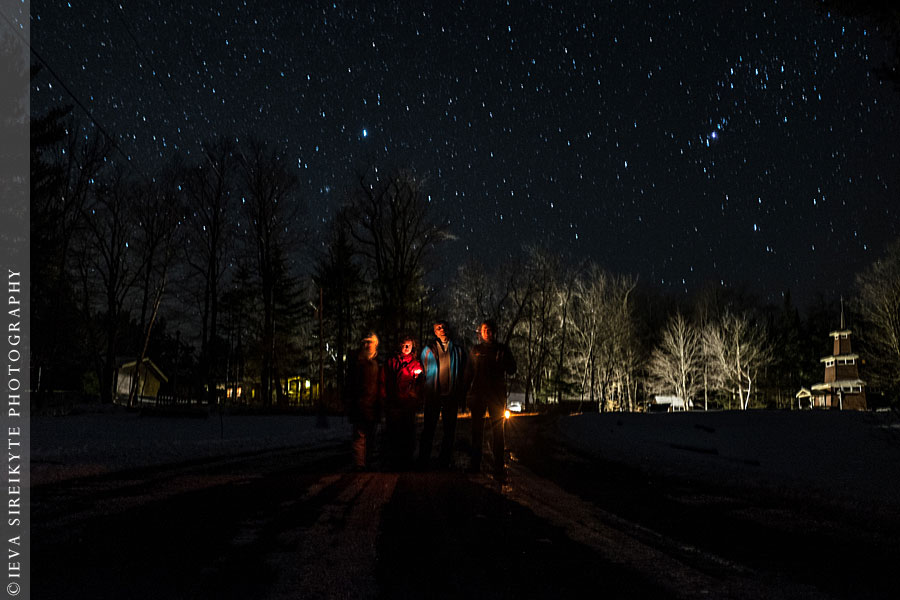
This year Užgavėnės aligned with New (Dark) moon, Lunar New Year and the Day of Perkūnas (Thor) when fire rituals are performed. So that nigh, after the bonfire we ventured to find the ritual fireplace for Gabija – Baltic Hearth Fire Goddess, that was known to be somewhere in the woods around Camp Neringa. I just wish I had more stable hand (and head) to record the starry night for what it was!
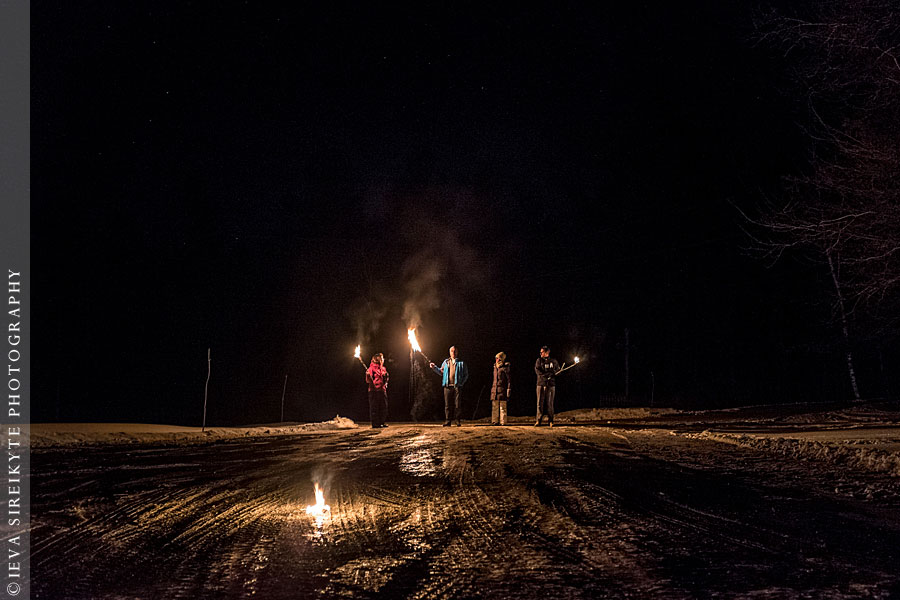
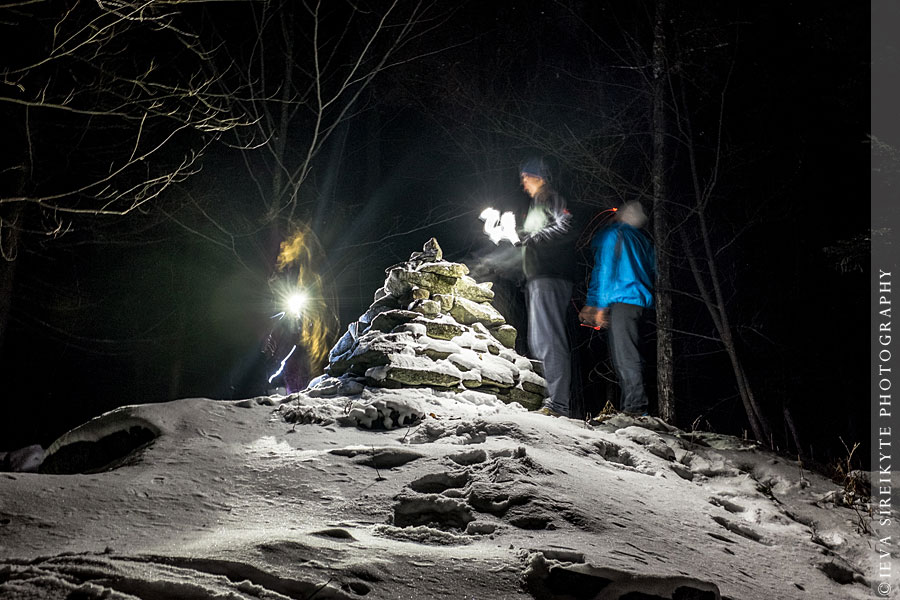
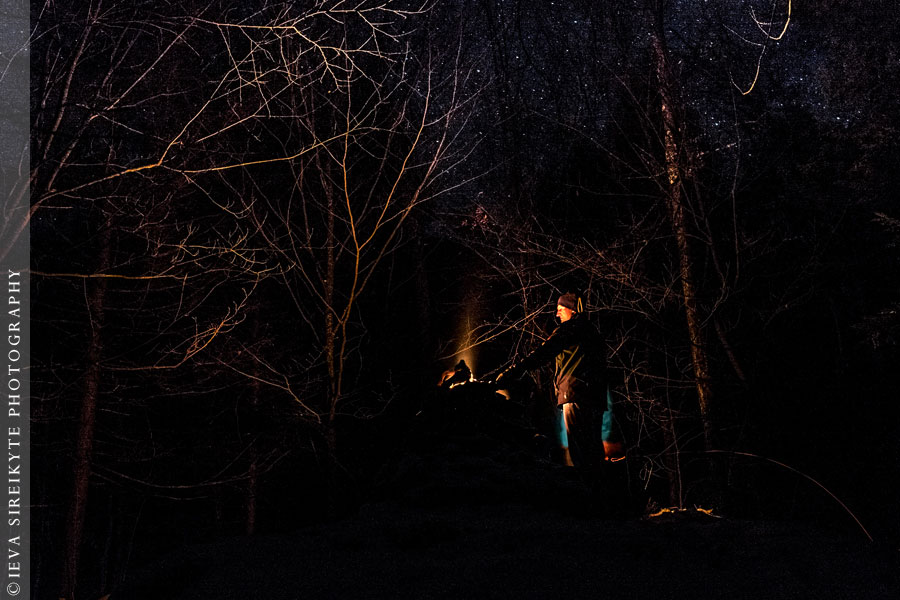
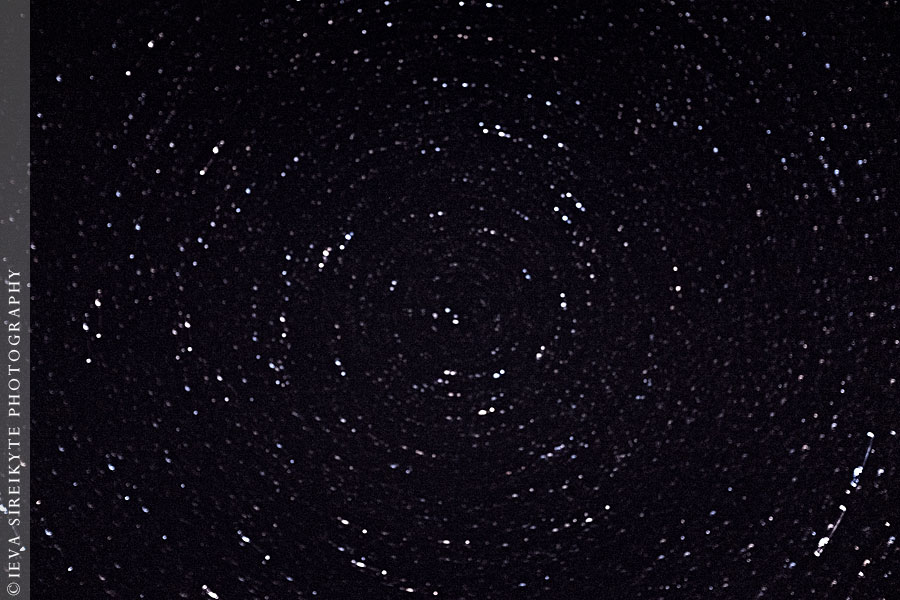
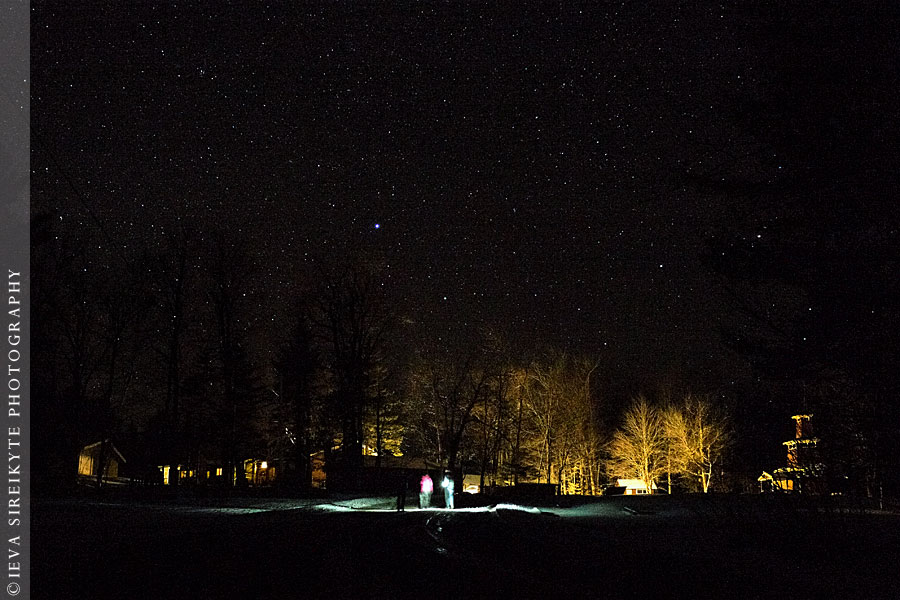


Leave a Reply